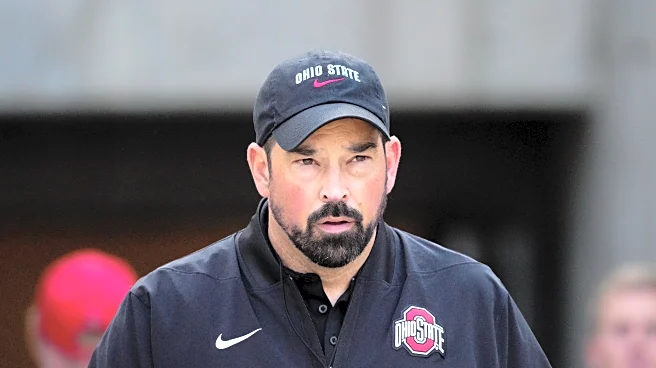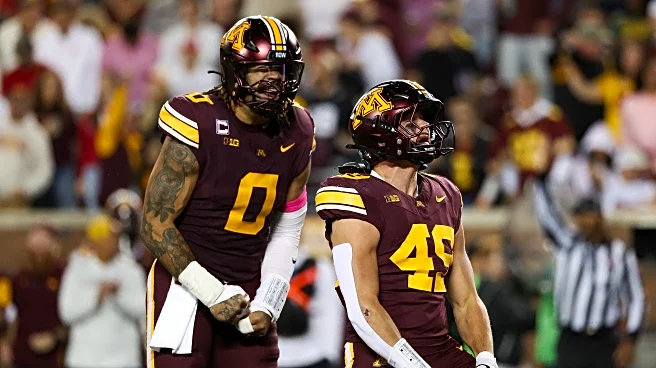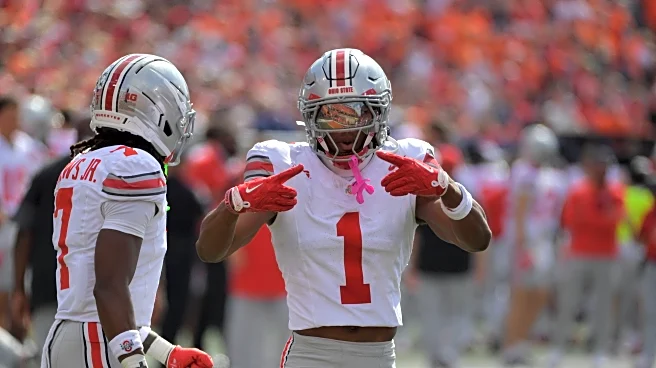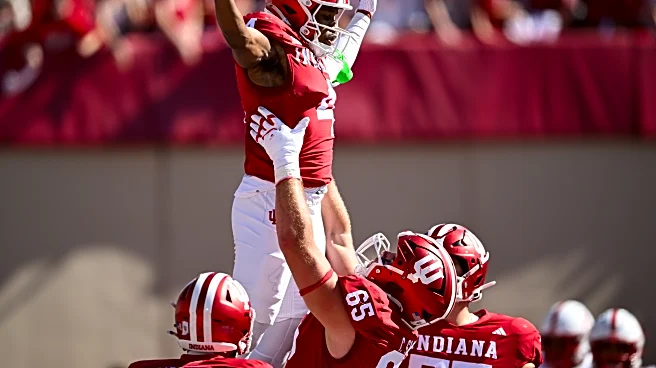What's Happening?
College football stadiums in the United States are among the largest in the world, with eight of the top ten largest stadiums globally belonging to college programs. This underscores the significant cultural
importance of college football in America. The largest of these is Michigan Stadium, known as 'The Big House,' which can accommodate 107,601 fans. Other notable stadiums include Beaver Stadium at Penn State and Ohio Stadium, home to Ohio State University. These venues not only host regular season games but also significant events that draw massive crowds, such as the 'White Out' game at Beaver Stadium. The size and capacity of these stadiums reflect the intense fan engagement and the historical significance of college football in the U.S.
Why It's Important?
The prominence of these large stadiums highlights the economic and cultural impact of college football in the United States. These venues generate significant revenue for their respective universities and local economies through ticket sales, merchandise, and tourism. The ability to fill such large stadiums week after week demonstrates the sport's deep-rooted popularity and its role in fostering community and school spirit. Additionally, the success and visibility of college football programs can enhance a university's national profile, attracting students and boosting alumni engagement.
What's Next?
As college football continues to grow, there may be further expansions or renovations to these stadiums to enhance the fan experience and accommodate even larger crowds. Universities may also explore new technologies to improve stadium facilities and fan engagement. The ongoing success of college football programs will likely continue to influence conference realignments and media rights deals, impacting the broader landscape of college athletics.
Beyond the Headlines
The size and scale of these stadiums also raise questions about the sustainability and environmental impact of maintaining such large facilities. Universities may need to consider eco-friendly practices and technologies to reduce the carbon footprint of these massive venues. Additionally, the focus on college football can overshadow other sports and academic pursuits, prompting discussions about the balance between athletics and academics in higher education.













